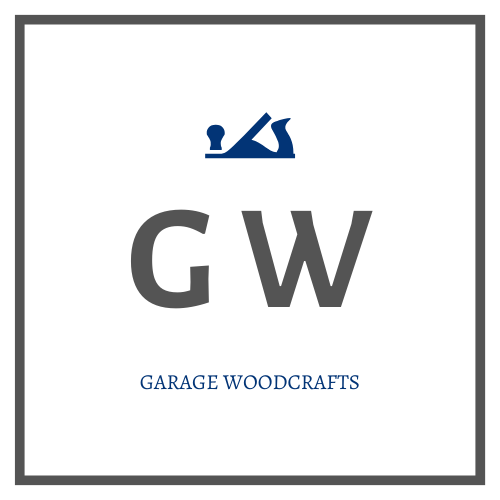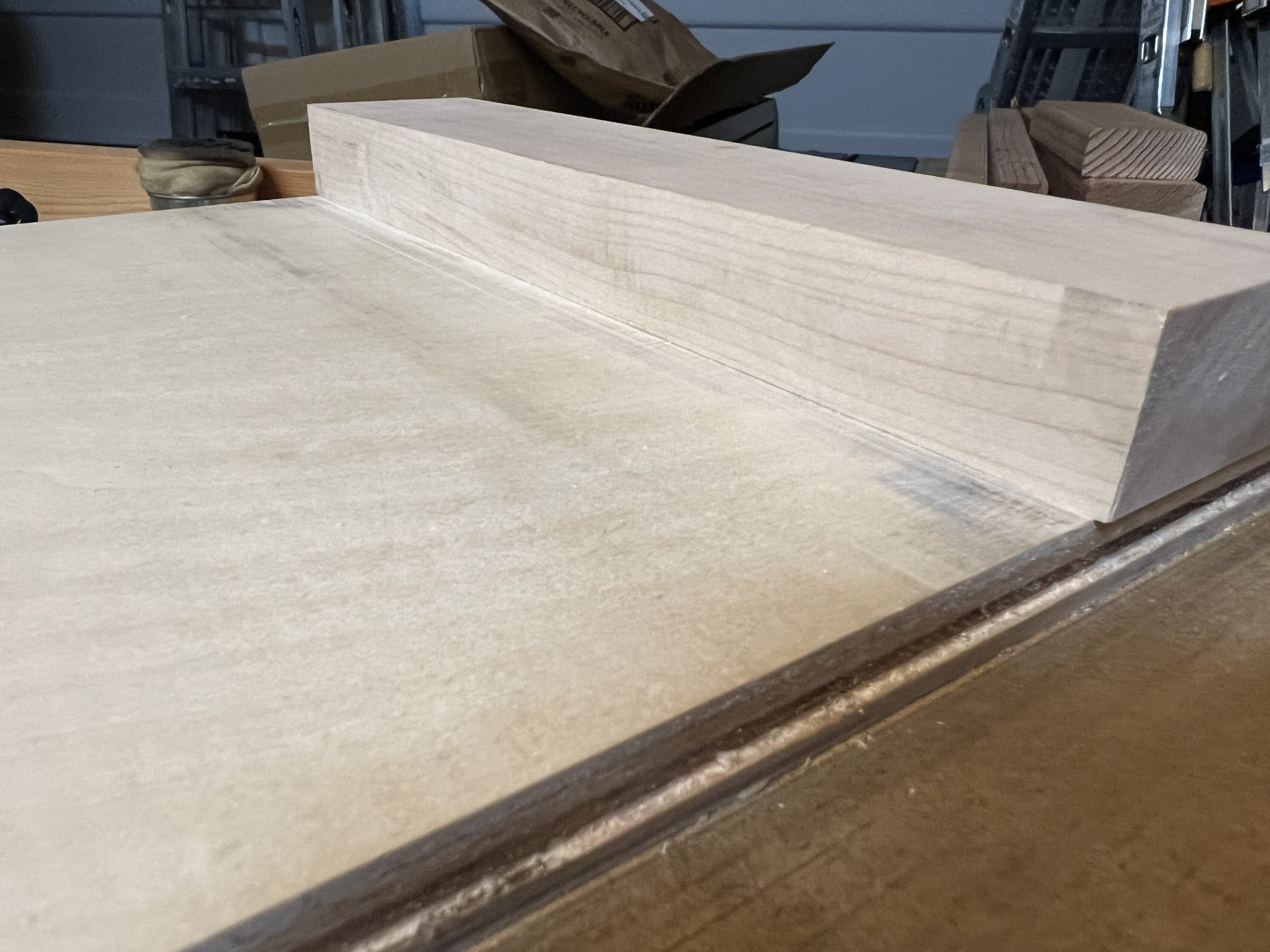After building a workbench and restoring vintage hand tools, a shooting board was the next thing to build. After scouring YouTube, I settled on the Rob Cosman version. He makes a good case for a longer, 24 inch board, glued up on a form which creates a slight arc to ensure the plane doesn’t bridge a hollow and tip outward.
I followed his steps to the best of my ability and equipment. Things always seem to go great or perfect for these guys… that’s not how stuff goes in my garage shop. I’m sure I’ll get better in time and with more experience. But for now, it’s problem solving.
The first issue is that I do happen to have a table saw, but the wings are not cast iron but a ribbed steel which I think would defeat his step of clamping on a flat surface. By the way, if you don’t have a table saw, my suggestion would be to have a wood shop size the pieces or a friend/neighbor to size them with a decent table saw.
Back to a flat surface… Here’s the setup I used. I had to overcome the ability to clamp to a table as I used the end of my workbench and also not having clamps with a deep throat to get to the middle. I did use cauls but used more clamps than Rob did to try to ensure I was getting the form curve.
I’m not sure my clamping plan was the best and it was moderately successful in getting the form flat and the correct arc on the board.
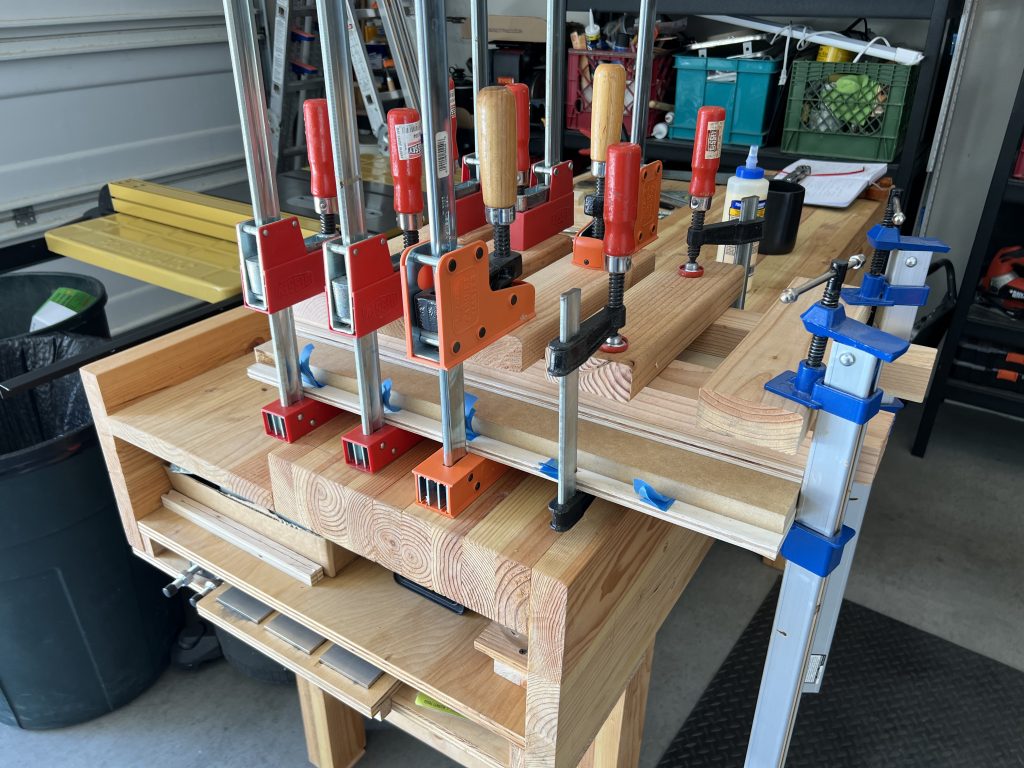
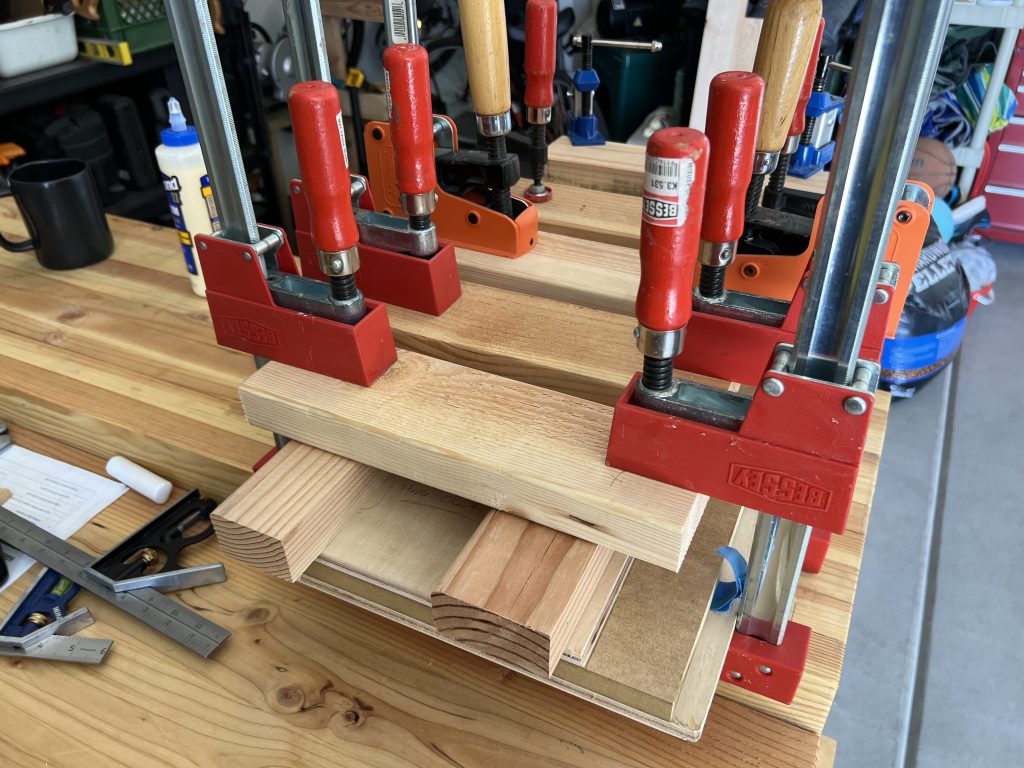

The next step was to prepare and glue on the top cleat to hold your work in the correct position so when you use the cleat to shoot the board, you get 90 degrees as compared to a face and edge surfaces. I don’t have a picture of my full clamping set-up on this although I tried to get as close to Rob’s as I could given the shallow throats of my clamps.
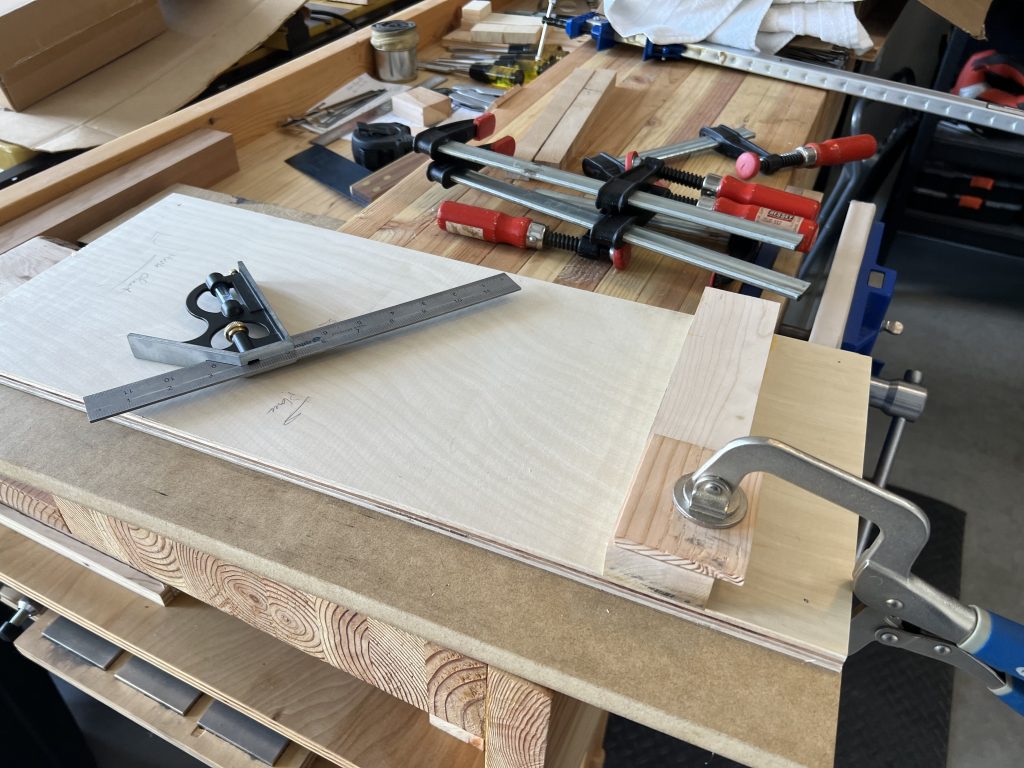
A couple of issues during that clamping was too much glue. I scraped off as much excess as I thought prudent, but I did get glue in my haste on the business side of the cleat. I knew I could go back and clean that up, so I forged ahead. Even though I had a square clamped to a plane that was clamped to its channel on the side, the hand clamp moved the cleat riding on a film of glue towards it. I tried to rectify by sliding it back and tightening up the clamp from the cleat to the square. But when all was dried up and clamps removed, I discovered it had slid out of square during clamping and glue setting.
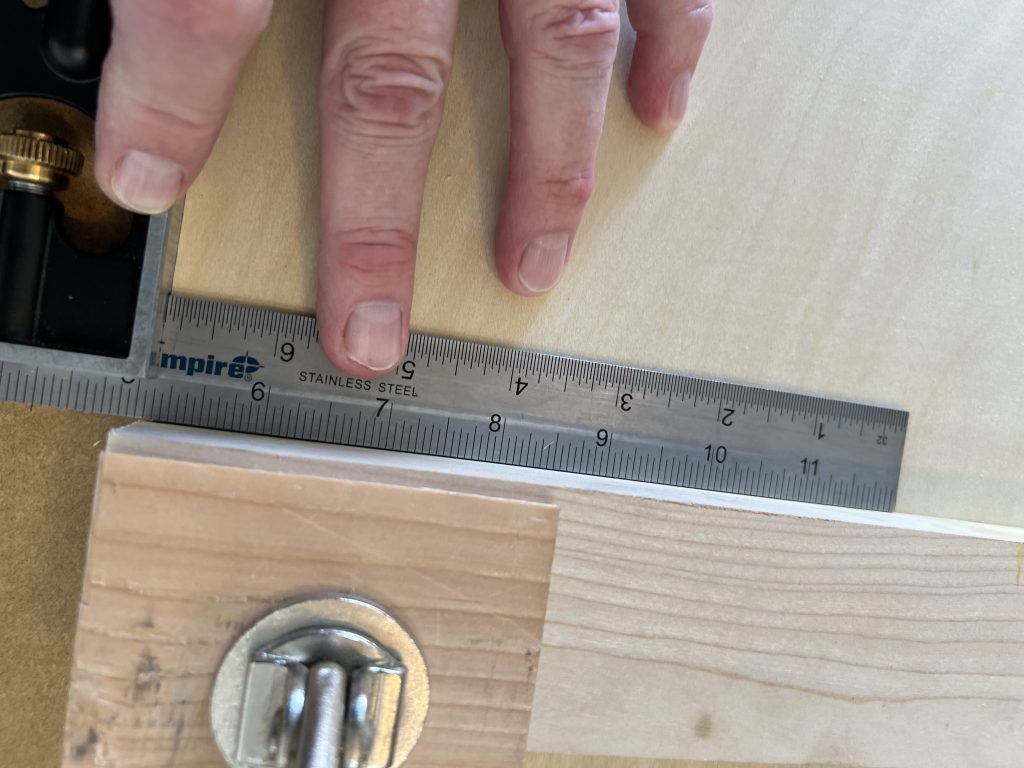
I took a break in frustration and watched a video by James Wright on tuning up shooting boards. That solidified the thought of going in and planing it into square. I don’t have a shoulder plane, but a year or so ago I did happen to pick up and tune up an old Stanley 90, a bull nose rabbet plane, which should do the trick. Wood by Wright also talks about a number 78 Duplex Rebate Filster Plane or Rabbet plane, with all of the fences and guides off, luckily I didn’t have to resort to that. The most important thing for whatever you use is that the iron must go all the way to the sides of the plane so you can get into the corner between the cleat and board.
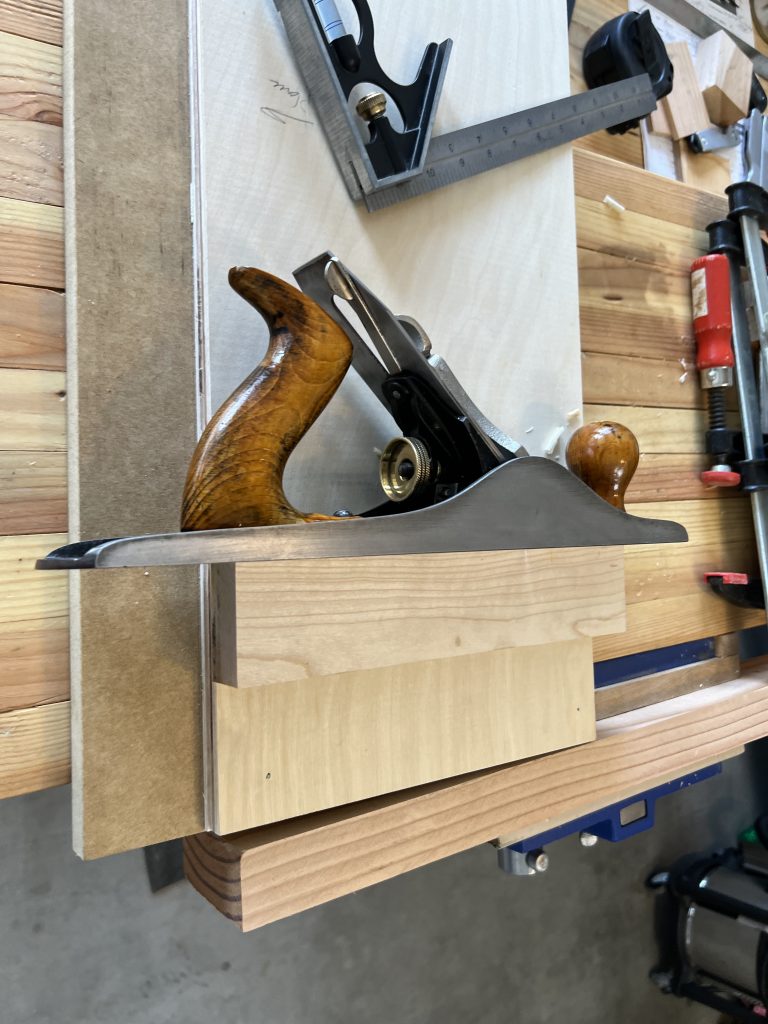
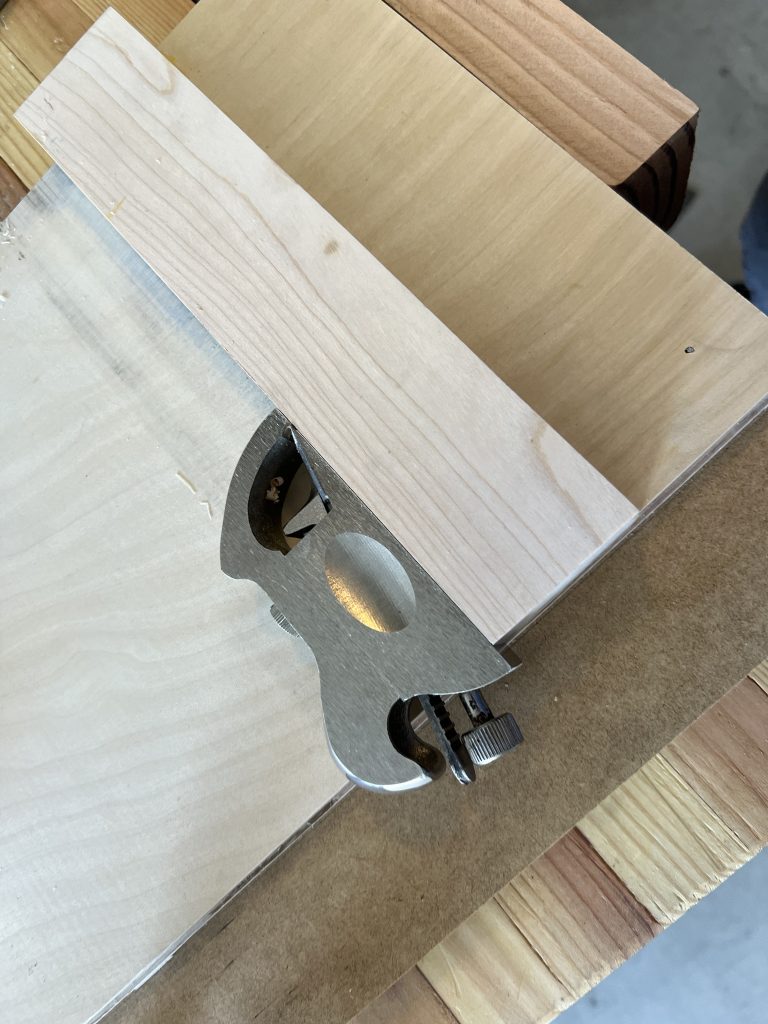
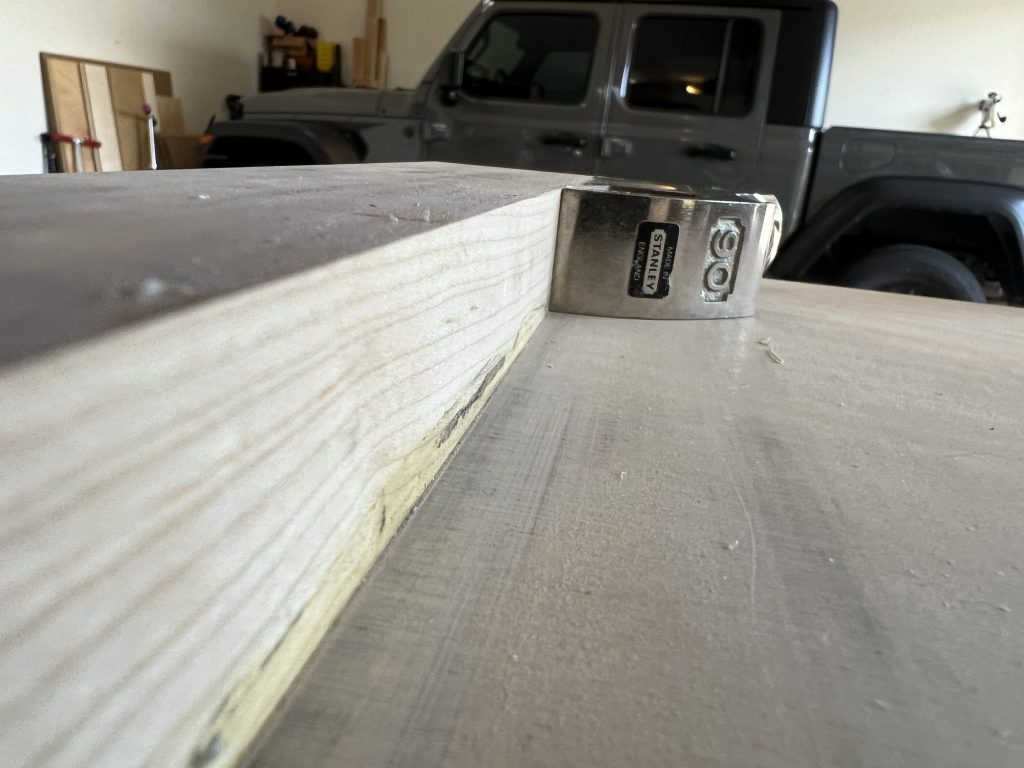
I tried a couple of approaches with the Jack plane first, but I really needed to take off the glue at the bottom first. The 90 did a great job. Then I found the higher end and slowly started to take thin shavings with the 90 and work my way towards where the shooting plane would go. I kept checking with a square in comparison to the track and occasionally put a No 5 plane in the track and checked squareness to the cleat at different heights.

At the end I even used a feeler gauge to see where it was touching against the straight edge and kept slowly working.
Once I was reasonably happy, I shot a scrap against its long edge and then against the end grain. The results turned out very well.

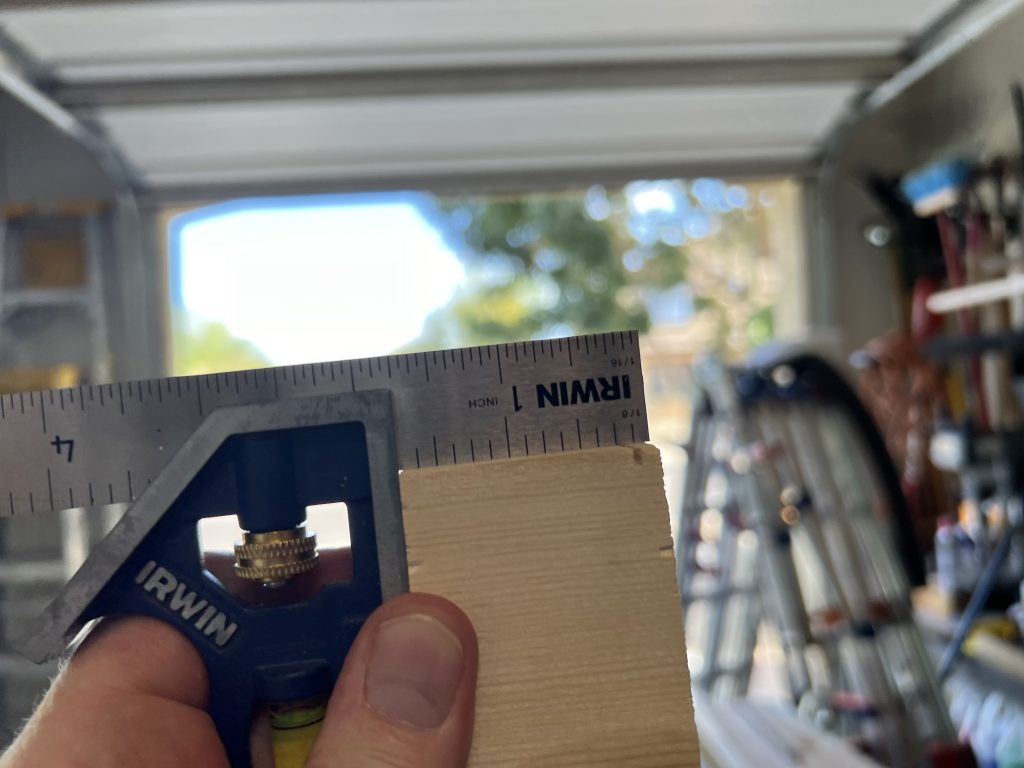
It looks like I saved the shooting board and the work that went in to all the glue ups.
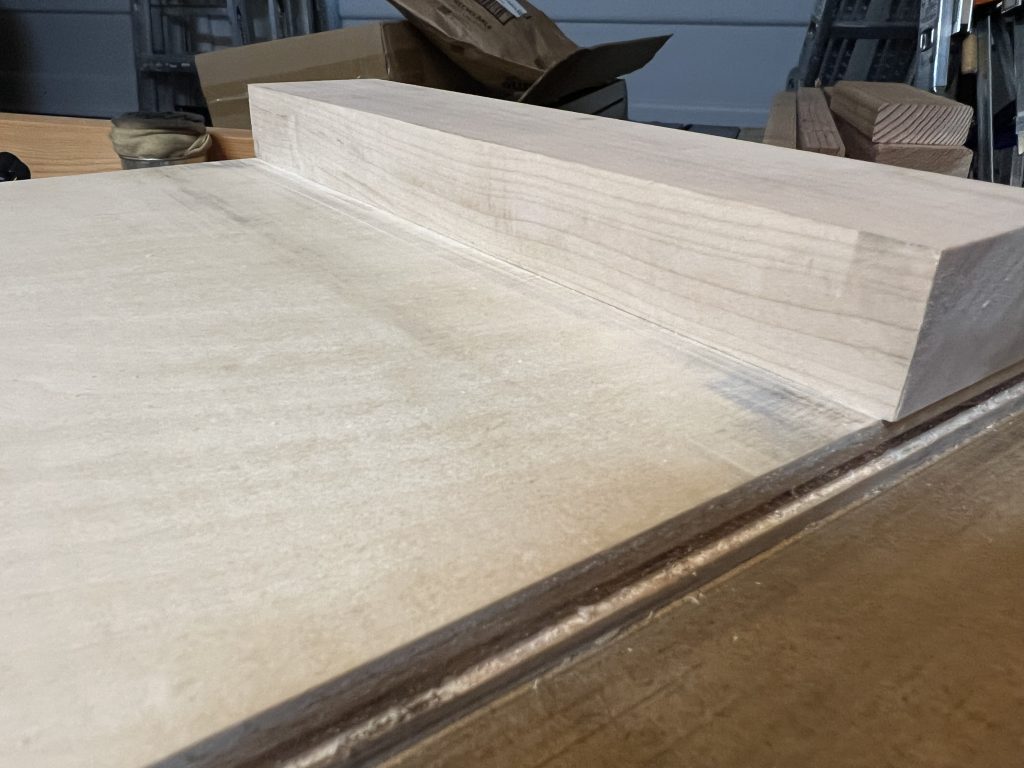
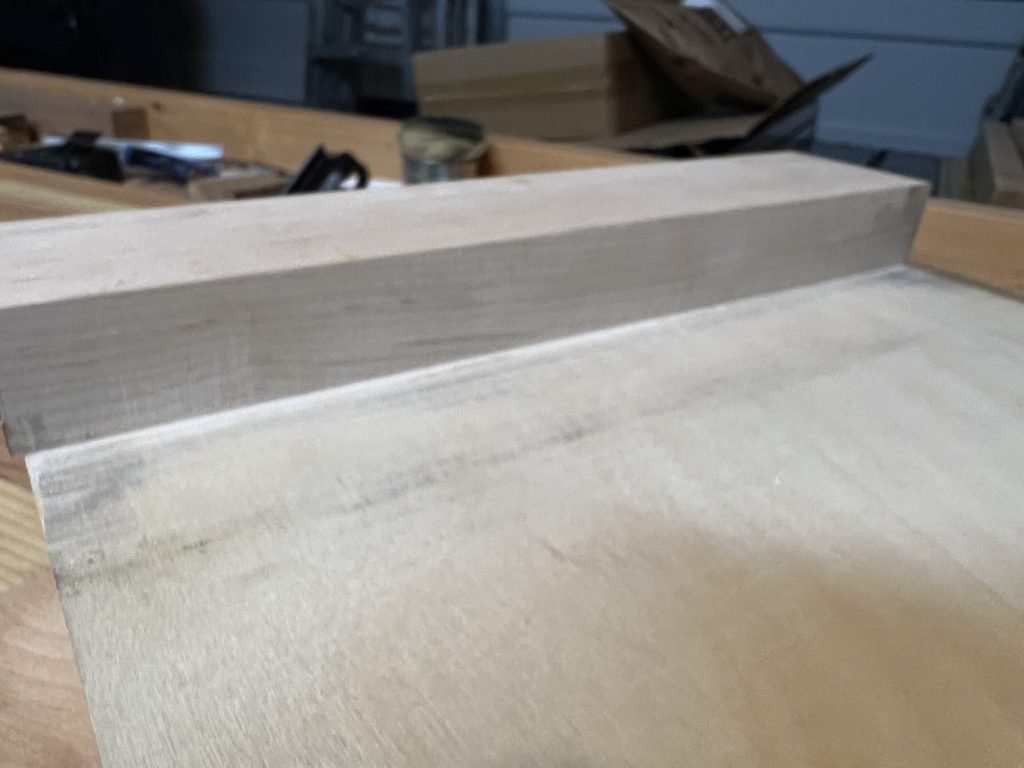
Next step is adding the bottom cleat to make it a hook. I’ve got two cleats ready so one can be used for a regular bench hook.
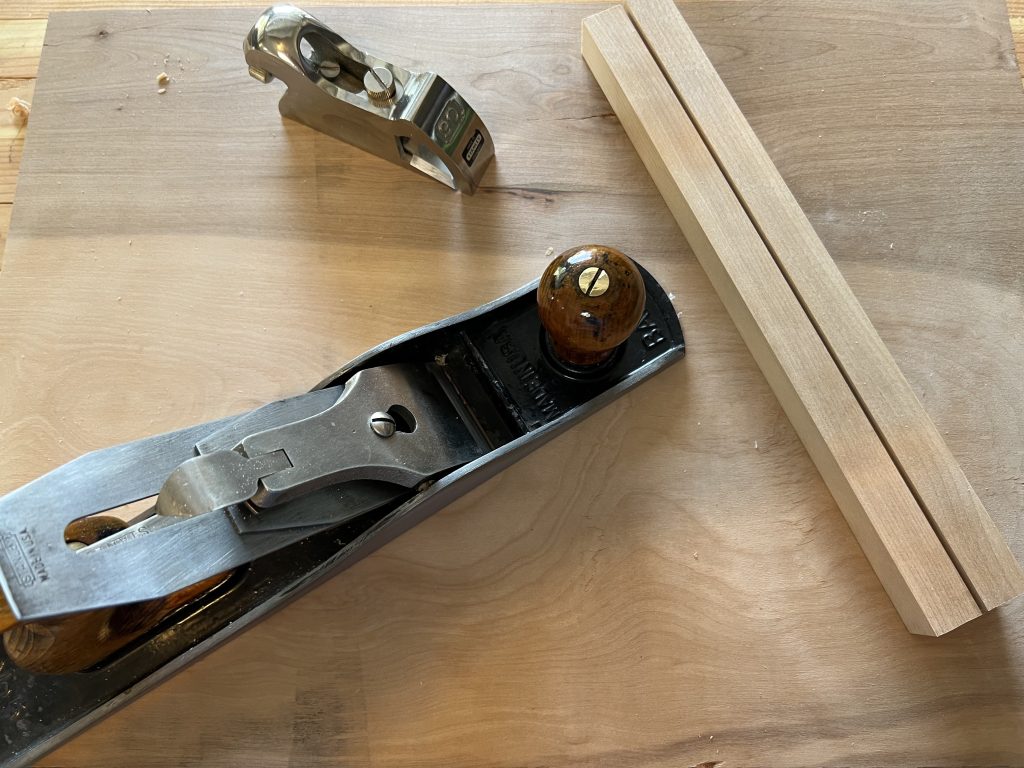
Next time I may try a simple version of the Paul Sellers shooting board, I wonder if it would have been easier creating the dado, or groove with a saw and chisels for more insurance against sliding on a film of glue.
